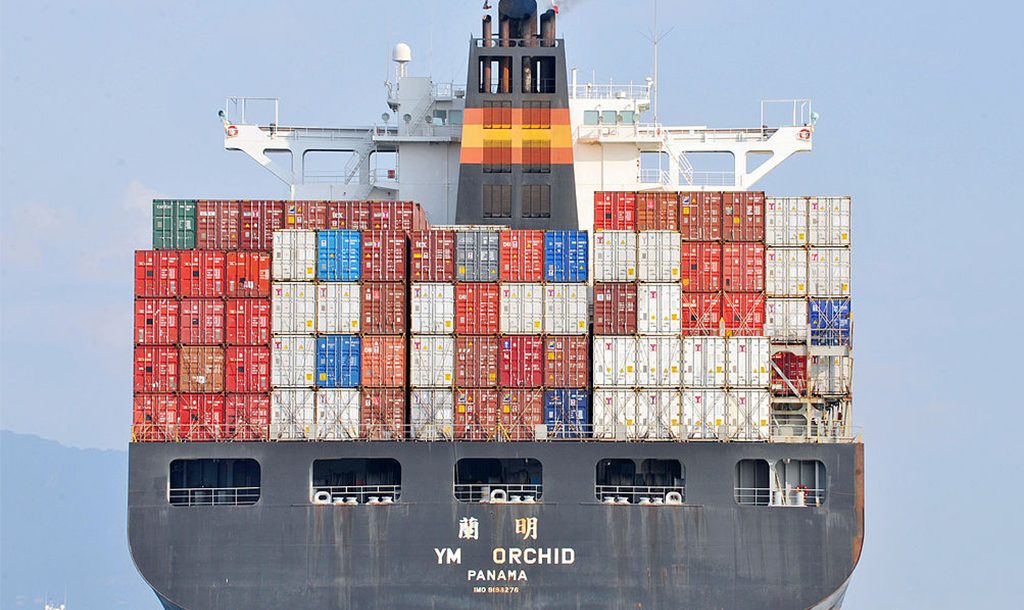China’s One Belt One Road initiative will shape global politics in years to come. But, at the moment it is a vision lacking strategy, writes Jacob Mardell.
Xi Jinping’s signature development strategy for Eurasia and beyond, the Belt Road Initiative (BRI), means different things to different observers. At the same time as being an economic strategy for boosting China’s flagging exports, it is also a geopolitical power play, and a bid for energy security.
The trade routes BRI seeks to revitalise spread out from Beijing along all four points of the compass, and although 65 countries have been mentioned as eligible for the project, this number is flexible and open to interest. Association with BRI is equally lithe. Projects and routes that long predate BRI have been brought under the initiative’s umbrella, and companies in China readily identify with BRI, as if it were a kind of franchise. Even the project’s name in English has remained fluid, changing from ‘Silk Roads’, to ‘One Belt, One Road’, and becoming the ‘Belt Road Initiative’ in 2015.
First unveiled over September and October 2013, BRI has received plenty of international coverage since. But almost four years on, Xi’s grand strategy for Chinese foreign policy and economic development remains poorly defined, leading to a sense of mismatch between excitement about the initiative and real information regarding BRI’s implementation.
What BRI lacks in definition, it more than makes up for with ambition. As the name ‘Belt Road Initiative’ suggests, Xi’s plan for infrastructure development in China’s colossal backyard imagines both a ‘Silk Road Economic Belt’, and a ’21st Century Maritime Silk Road‘. The maritime route, orientated towards ASEAN countries, runs from the South Pacific, through China and the Indian Ocean, across the Red Sea to Europe. The overland route is comprised of six economic corridors, principally running from China across Central Asia towards Europe, through the Middle East to Africa, and southwards, connecting Southeast Asia and India. These routes, according to a 2015 report from Renmin University, connect countries that collectively represent 55 per cent of world GNP, 70 per cent of global population, and 75 per cent of known energy reserves.
When it comes to financing, the figures are no less monumental. According to the Asian Development Bank, the infrastructure needs of Asia until 2020 require $8.2 trillion worth of funding. China’s $30 billion subscription to the new China-led Asian Infrastructure Investment Bank (AIIB), along with its separate $40 billion Silk Road Fund, and numerous other ten figure commitments to BRI, suggest that the Chinese Communist Party (CCP) is serious about infrastructure in Asia and the potential of BRI. But while the support of China’s top leaders and financial muscle are clearly grounds for excitement, this sincerity also highlights the need for further information on how BRI is to be realised.
The only full-length, official document on BRI was released jointly by three top ranking agencies in March 2015. This “action plan” stresses ‘mutual benefit’ and promotes increased cooperation in the region. Self identifying as an ‘ambitious economic vision’, the document is nothing if not a statement of political desires. In a few short pages it names every conceivable goal, from distributing supply chains, through to financial integration, food security, and tariff reduction between BRI countries. The “action plan” is typical of the initiative in general, employing the agreeable but imprecise language of ‘win-win cooperation’, and describing all sectors as potential targets for BRI’s investment. But this all-encompassing approach is not just evidence of BRI’s ambiguity, it is also an insight into what BRI means to China.
The exhilaration that BRI generates in the media sometimes falls flat when further information on the initiative is found lacking. It is accused of being a hollow “pipe dream”, and its dramatically ambitious scope is ridiculed. But just like Xi’s “China Dream”, the Belt Road Initiative is still very much at the dreaming stage. Despite publicity stunts like the first freight train from China to London earlier this year, BRI does not yet exist.
Studies within China suggest that the CCP’s 100th anniversary, in 2049, is a much more realistic deadline for the large scale implementation of BRI. For now, BRI’s flexibility serves it well, with think tanks, academics, and corporations encouraged to brainstorm and interact with the initiative’s stated goals and grand ambitions. The initiative is most important as a declaration of China’s new foreign policy aims. It represents the next instalment of China’s ‘go out policy’, encouraging not just outward investment, but regional development underpinned by China’s global leadership.
Given the current debate over American decline and China’s new responsibilities, BRI will only become more relevant to global politics. But looking forward to this May’s BRI summit in Beijing, it is worth understanding the initiative’s current ambiguity as signalling an enterprise that is still very much a vision, rather than a finalised strategy.
Jacob Mardell is a postgraduate student of Chinese politics at the School of Oriental and African Studies in London.
 Facebook
Facebook  Twitter
Twitter  Soundcloud
Soundcloud  Youtube
Youtube  Rss
Rss 